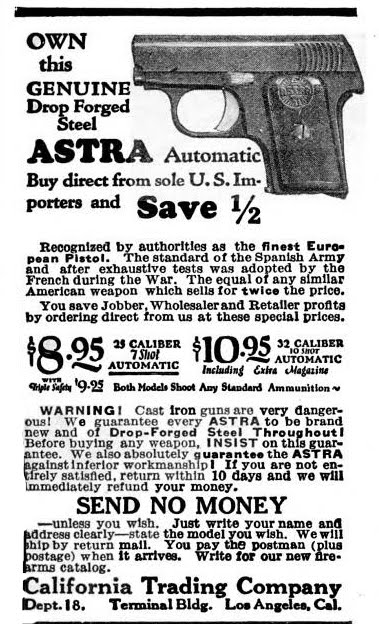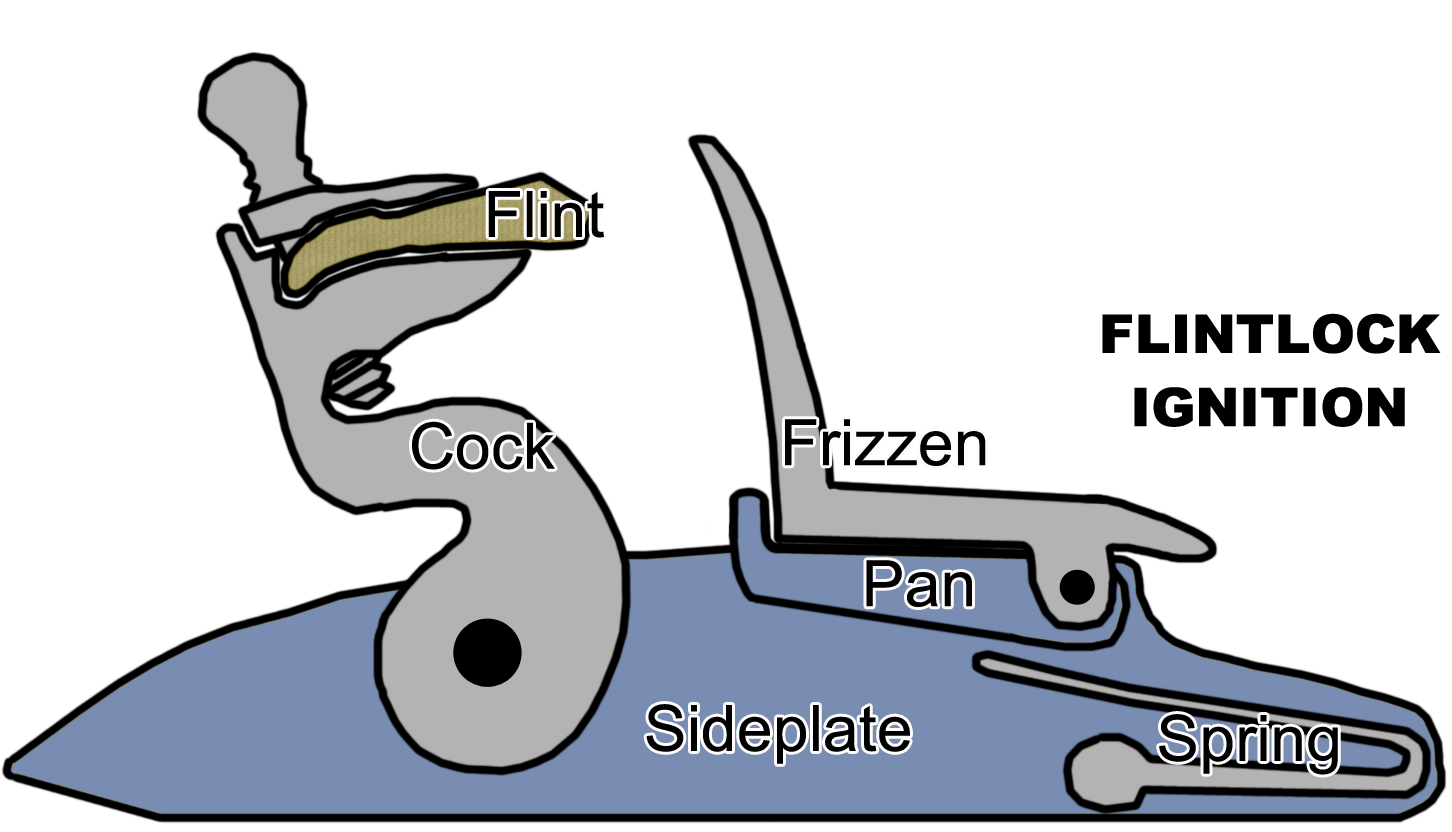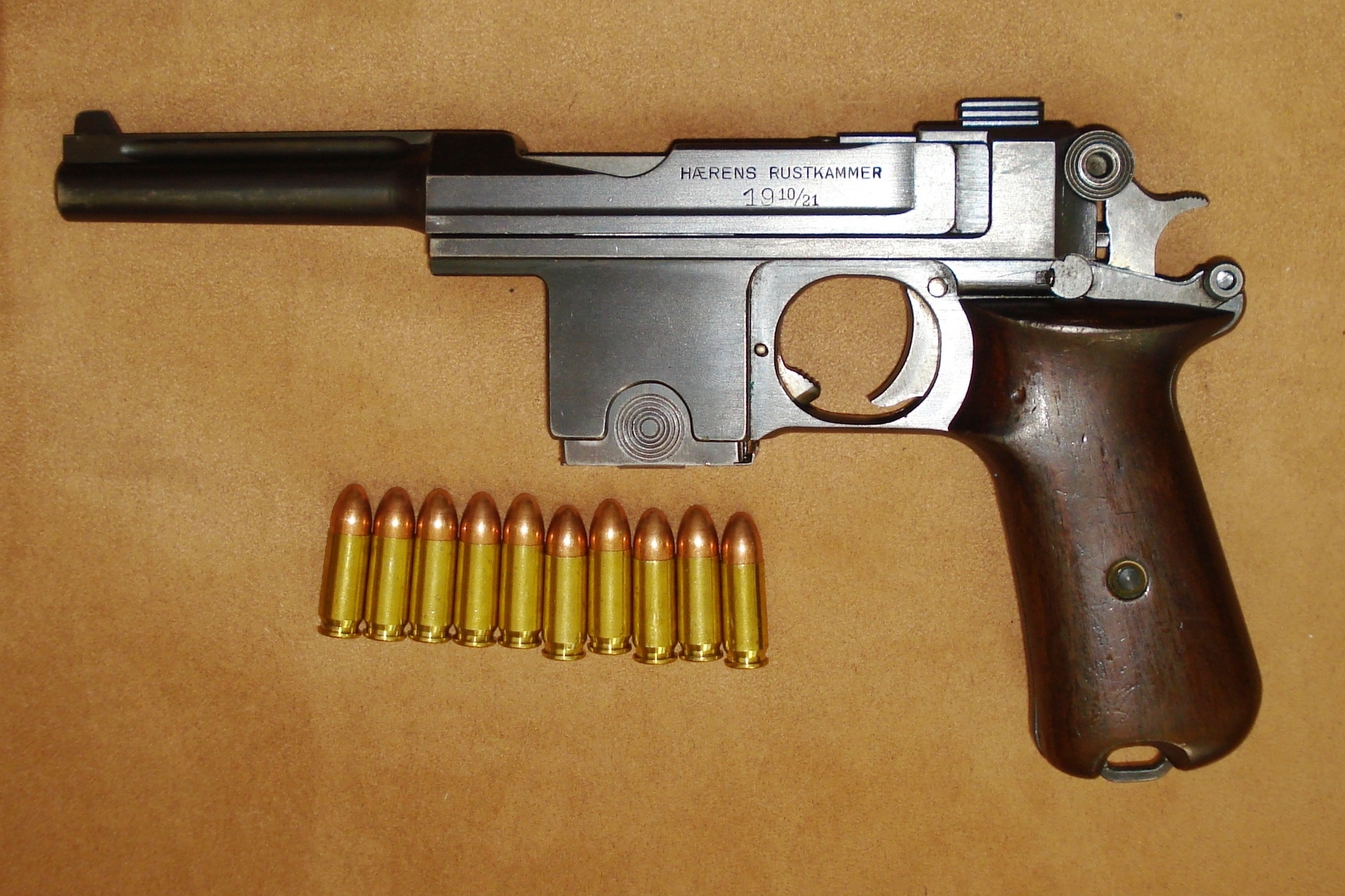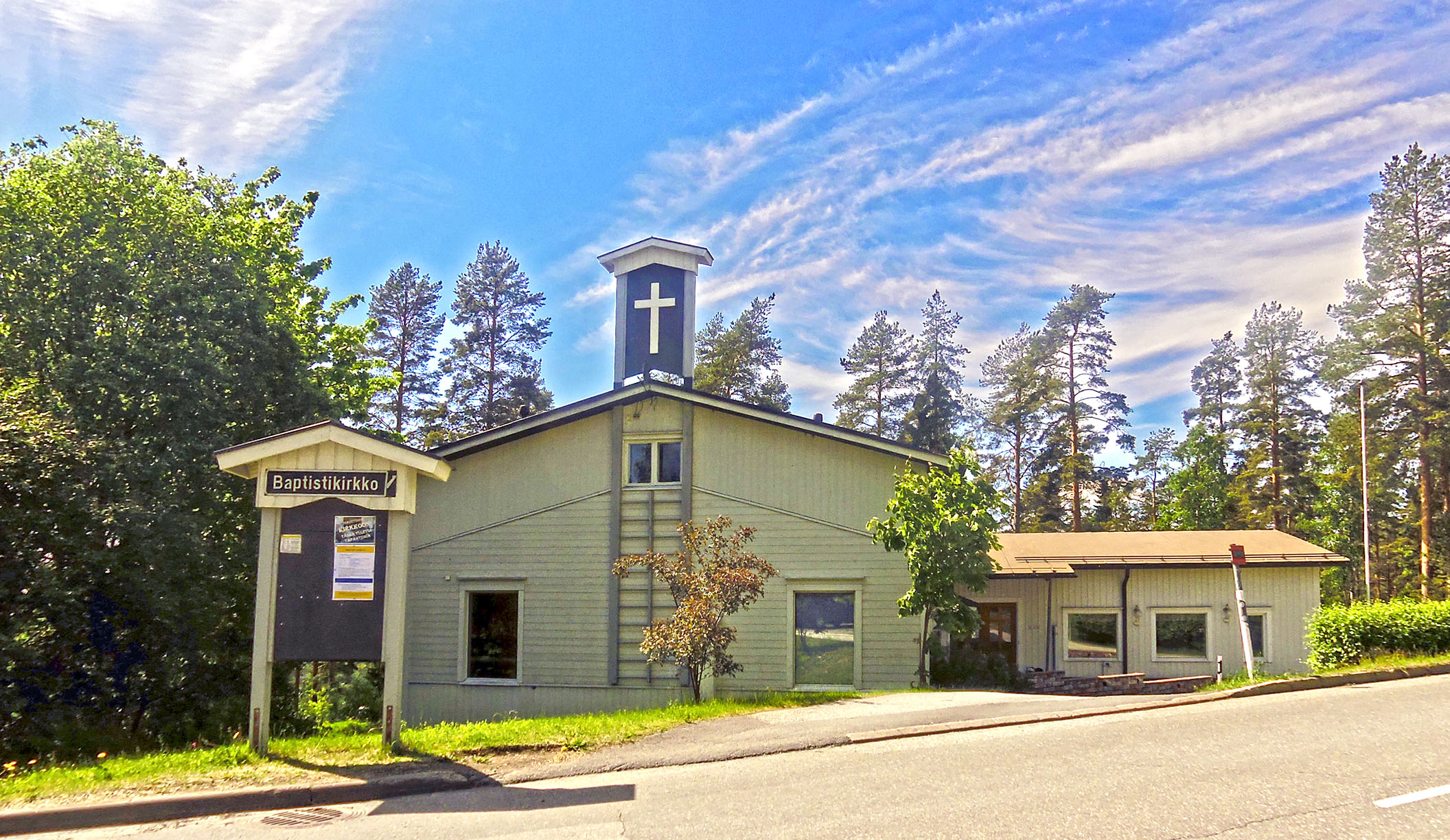|
Lahti L-35
The Lahti L-35 is a semi-automatic pistol designed by Aimo Lahti that was produced between 1935 and 1952. Designed to be manufactured autonomously in Finland, the pistol was used by Finland throughout the Winter War and Continuation War. Considered to be of high quality, the Lahti was well manufactured and worked reliably in cold conditions or when fouled. The use of a bolt accelerator, an uncommon feature in a pistol, helped make the Lahti reliable. A Swedish copy of the L-35 Lahti, the Husqvarna m/40, saw extensive service with the Swedish military until the 1980s. The m/40s had similar design and firing mechanisms to the Finnish L-35s but suffered lower reliability from the lower quality steel used in manufacturing. History Following the independence of Finland from Russia in 1917 and the defeat of the Finnish Red Guard during the Finnish Civil War, Finland began the process of replacing its obsolete Russian armament.Kinard(2003), pp. 235-236 The efforts to modernize Finland' ... [...More Info...] [...Related Items...] OR: [Wikipedia] [Google] [Baidu] |
Semi-automatic Pistol
A semi-automatic pistol (also called a self-loading pistol, autopistol, or autoloading pistol) is a repeating firearm, repeating handgun that automatically ejects and loads cartridge (firearms), cartridges in its chamber (firearms), chamber after every shot fired, but only one round of ammunition is fired each time the Trigger (firearms), trigger is pulled. The pistol's fire control group disconnects the trigger mechanism from the firing pin/striker until the trigger has been released and reset manually, unlike the self-cycled firing mechanism in machine pistol, fully automatic pistols. A semi-automatic pistol recycles part of the energy released by the propellant combustion to move its bolt (firearm), bolt, which is usually housed inside the pistol slide, slide. After a round of ammunition is fired, the spent cartridge casing is extracted and ejected as the slide/bolt moves rearwards under recoil, the hammer (firearms), hammer/striker is cocked by the slide/bolt movement, and a ... [...More Info...] [...Related Items...] OR: [Wikipedia] [Google] [Baidu] |
Ruby Pistol
The Ruby pistol was a semi-automatic pistol of .32 ACP calibre made by Gabilondo y Urresti and other Spanish companies. It saw use in both World Wars as the service weapon of the French Army under the name ''Pistolet Automatique de 7 millim.65 genre "Ruby"''. The pistol was closely modeled after John Browning's 1903 Pocket Hammerless design produced by Colt. The French Army decommissioned it in 1958. Gabilondo and the Ruby In 1914, just before the start of the First World War, Gabilondo started manufacture of a sturdy self-loading pistol based on the Browning Model 1903 and chambered for the 7.65mm Browning/.32 ACP cartridge. Unusual for the time, the magazine capacity was nine shots instead of the usual six or seven. The pistol was intended for export to the Americas, and despite the small calibre it was designed with military and police sales in mind. Other Spanish manufacturers had copied the Browning since around 1905. The Ruby, apart from the extended magazine appears ... [...More Info...] [...Related Items...] OR: [Wikipedia] [Google] [Baidu] |
Carl Gustav M/45
The Kulsprutepistol m/45 (Kpist m/45), also known as the Carl Gustaf M/45 and the Swedish K SMG, is a 9×19mm Parabellum, 9×19mm Swedish submachine gun (SMG) designed by Gunnar Johansson (arms designer), Gunnar Johansson, adopted in 1945 (hence the m/45 designation), and manufactured at the Bofors Carl Gustaf, Carl Gustafs Stads Gevärsfaktori in Eskilstuna, Sweden. The m/45 was the standard submachine gun of the Swedish Army from 1945 to 1965. It was gradually replaced in Swedish service by updated Automatkarbin 4 battle rifles and Automatkarbin 5 assault rifles. The last official user of the m/45, the Swedish Home Guard, Swedish Home Guard (Hemvärnet), retired it from service in April 2007. The m/45 SMG was developed in 1944–45, with a design borrowing from and also improving on many design elements of earlier submachine guns. The sheet metal stamping techniques used in making the German MP 40, the British Sten submachine gun, Sten, and the Soviet PPSh-41 and PPS submachine ... [...More Info...] [...Related Items...] OR: [Wikipedia] [Google] [Baidu] |
Walther P38
The Walther P38 (originally written Walther P.38) is a 9 mm semi-automatic pistol that was developed by Carl Walther GmbH as the service pistol of the Wehrmacht at the beginning of World War II. It was intended to replace the comparatively complex and expensive to produce Luger P08. Moving the production lines to the more easily mass producible P38 once World War II started took longer than expected, leading to the P08 remaining in production until September 1942 and copies remained in service until the end of the war. Development As the previous service pistol, the Luger P08, was expensive to produce, Germany started to look for a replacement as early as 1927, settling on the Walther P38 in 1938, which offered similar performance to the Luger P08 but took almost half the time to produce. The first design was submitted to the German Army and featured a locked breech and a hidden hammer but the Army requested that it should be redesigned with an external hammer. The P38 concept ... [...More Info...] [...Related Items...] OR: [Wikipedia] [Google] [Baidu] |
Husqvarna Model 40 Jvm21381-1-5 (9) , a city, the original location of the company
{{disambig ...
Husqvarna () is a Swedish company founded in 1689 to produce muskets. The company has grown since, was partitioned, and is now a brand of multiple companies. Husqvarna may refer to: * Husqvarna Vapenfabriks, the original branch, a defunct firearms manufacturing company * Husqvarna Group, a manufacturer of outdoor power products * Husqvarna FF, a football club sponsored by the Husqvarna Group * Husqvarna Motorcycles, a motocross, enduro and supermoto motorcycle manufacturer * Husqvarna Sewing Machines, now VSM Group * Husqvarna, the brand name for home appliances manufactured by Electrolux * Huskvarna Huskvarna (; formerly spelled ''Husqvarna'') constitutes the eastern part of Jönköping, a city in the Swedish province of Småland, and has a population of about 24,000. The distance to central Jönköping is about 5 km. The name Huskv ... [...More Info...] [...Related Items...] OR: [Wikipedia] [Google] [Baidu] |
Bolt Accelerator
Bolt or bolts may refer to: Implements and technology ''Etymology: "to strike", see for example Thunderbolt'' * Bolt (fastener), a threaded shaft, used to clamp two components together * Bolt (climbing), an anchor point used in rock climbing * Bolt (firearms), a mechanism used in firearms * Crossbow bolt, ammunition used in a crossbow * Spy bolt, a clandestine storage device Arts, entertainment, and media * ''Bolt'' (1994 film), a drama starring Richard Grieco * ''Bolt'' (2008 film), a Disney animated film ** Bolt (Disney character), the main character of the film ** ''Bolt'' (video game), based on the film * Bolt (DC Comics), a fictional supervillains and superheroes from DC Comics * ''Bolt'' (1986), a book by Dick Francis * B.O.L.T, a Japanese girl group * ''The Bolt'' (Fragonard), a painting by Jean-Honoré Fragonard * ''The Bolt'' (Shostakovich), a three-act ballet by Dmitri Shostakovich * The Bolts, an American independent rock band Businesses and organizations * ... [...More Info...] [...Related Items...] OR: [Wikipedia] [Google] [Baidu] |
Safety (firearms)
file:M16A2 Safety Closeup.jpg, Close-up shot of a safety of an M16 rifle, M16A2 rifle In firearms, a safety or safety catch is a mechanism used to help prevent the accidental discharge of a firearm, helping to ensure safer handling. Safeties generally can be divided into subtypes such as internal safeties (which typically do not receive input from the user) and external safeties (which typically allow the user to give input, for example, toggling a lever from "safe" to "fire" or something similar). Sometimes these are called "passive" and "active" safeties (or "automatic" and "manual"), respectively. External safeties typical work by prevent the trigger pull or prevent the firing pin from detonating the cartridge or both. Firearms with the ability to allow the user to Selective fire, select various fire modes may have separate switches for safety and for mode selection (e.g. Thompson submachine gun) or may have the safety integrated with the mode selector as a fire selector w ... [...More Info...] [...Related Items...] OR: [Wikipedia] [Google] [Baidu] |
Hammer (firearm)
The hammer is a part of a firearm that is used to strike the percussion cap/ primer, or a separate firing pin, to ignite the propellant and fire the projectile. It is so called because it resembles a hammer in both form and function. The hammer itself is a metal piece that forcefully rotates about a pivot point. The term tumbler can refer to a part of the hammer or a part mechanically attached to the pivot-point of the hammer, depending on the particular firearm under discussion (see half-cock). According to one source the term tumbler is synonymous with hammer. Evolution In the development of firearms, the flintlock used flint striking steel to produce sparks and initiate firing by igniting the gunpowder used as a propellant. The flint was fixed to a swinging arm called the ''cock''. Prior to firing, the cock was held rearward under spring tension. Pulling the trigger allowed the cock to rotate forward at a speed sufficient to produce sparks when it struck the steel frizzen ... [...More Info...] [...Related Items...] OR: [Wikipedia] [Google] [Baidu] |
Bergmann–Bayard Pistol
The Bergmann–Bayard was a German-designed recoil operation, recoil operated semi-automatic pistol produced Licenced production, under license in Belgium. Design Bergmann Mars The ''Bergmann Mars'' was produced in 1901, and was the first Bergmann design aimed directly at the military market, with a comparatively powerful 9×23mm Largo, 9×23mm Bergmann round. It aroused the interest of a number of armies and was the subject of several trials in competition with the Mauser C96, Steyr Mannlicher, Mannlicher, John Browning, Browning and Luger P08 pistol, Luger pistols. Model 1903 The ''Bayard 1908, Bergmann–Bayard Model 1903'' was adopted by the Spanish Army in 1905 as the ''Pistola Bergmann de 9 mm. modelo 1903''. Unable to find a German manufacturer to complete the Spanish order for 3,000 pistols, Theodor Bergmann turned to a Belgian manufacturer, Anciens Etablissements Pieper (who used the trademark "Bayard") who completed the order. The modified pistol was known as the ''Ber ... [...More Info...] [...Related Items...] OR: [Wikipedia] [Google] [Baidu] |
Finnish Army
The Finnish Army ( , ) is the army, land forces branch of the Finnish Defence Forces. The Finnish Army is divided into six branches: infantry (which includes armoured units), field artillery, anti-aircraft artillery, Combat engineering, engineers, Military communications, signals, and materiel troops. The commander of the Finland, Finnish Army as of 1 January 2022 is Lieutenant General Pasi Välimäki. Role The duties of the Finnish Army are threefold. They are: [...More Info...] [...Related Items...] OR: [Wikipedia] [Google] [Baidu] |
Jyväskylä
Jyväskylä () is a city in Finland and the regional capital of Central Finland. It is located in the Finnish Lakeland. The population of Jyväskylä is approximately , while the Jyväskylä sub-region, sub-region has a population of approximately . It is Finland's most populous Municipalities of Finland, municipality, and fifth most populous List of urban areas in Finland by population, urban area. Jyväskylä is located about northeast of Tampere, the third largest city in Finland; and about north of Helsinki, the national capital. The Jyväskylä sub-region includes Jyväskylä, Hankasalmi, Laukaa, Muurame, Petäjävesi, Toivakka, and Uurainen. Other neighbouring municipalities of Jyväskylä are Joutsa, Jämsä and Luhanka. Jyväskylä is the largest city in the Central Finland and Finnish Lakeland region. Jyväskylä was one of the fastest growing cities in Finland during the 20th century; in 1940, there were only 8,000 inhabitants in Jyväskylä. Elias Lönnrot, the auth ... [...More Info...] [...Related Items...] OR: [Wikipedia] [Google] [Baidu] |
SAKO
Sako Limited (natively ) is a Finnish firearm and ammunition manufacturer located in Riihimäki, Tavastia Proper in southern Finland. It also has owned the Tikka brand of bolt-action rifles since 1983, and is now owned by the Italian firearm holding company Beretta Holding. The name Sako comes from the company's former name (). History In 1919, two years after Finland declared independence from the Russian Empire, the Suojeluskuntain Yliesikunnan Asepaja (Civil Guard Supreme Staff Gun Works) opened in a former Helsinki brewery to repair private arms and recondition Russian military rifles for Finnish service. The rifle repair shop became financially independent of the civil guard in 1921. The Suojeluskuntain Yliesikunnan Asepaja moved from Helsinki to an ammunition factory in Riihimäki on 1 June 1927, and reorganized as SAKO in the 1930s. Sako started exporting pistol cartridges to Sweden in the 1930s and continued manufacturing submachine gun cartridges through World War ... [...More Info...] [...Related Items...] OR: [Wikipedia] [Google] [Baidu] |








